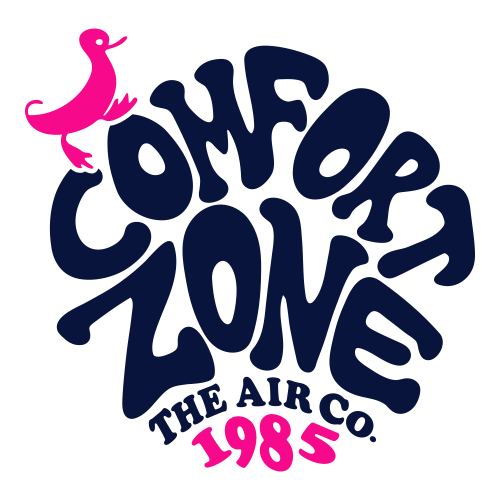
We spend a good majority of our time inside. In fact, the Environmental Protection Agency (EPA) has estimated being indoors accounts for 90% of our days. Although, the EPA also has found your indoor air can be three to five times dirtier than outdoors.
That’s since our residences are tightly sealed to increase energy efficiency. While this is great for your heating and cooling bills, it’s not so good if you’re a part of the 40% of the population with respiratory allergies.
When outdoor ventilation is limited, pollutants such as dust and volatile organic compounds (VOCs) can get captured. As a result, these pollutants can aggravate your allergies.
You can improve your indoor air quality with fresh air and routine housework and vacuuming. But if you’re still having issues with symptoms while you’re at your residence, an air purifier could be able to provide relief.
While it can’t get rid of pollutants that have gotten trapped in your furniture or carpeting, it may help clean the air moving around your residence.
And air purification has also been scientifically proven to help lower some allergic symptoms, according to the American College of Allergy, Asthma and Immunology. It might also be appropriate if you or someone in your household has a lung condition, like emphysema or COPD.
There are two options, a portable air purifier or a whole-home air purifier. We’ll examine the differences so you can learn what’s correct for your house.
Whole-House Air Purifier vs. Portable Air Purifiers
A portable air purifier is for one room. A whole-house air purifier works with your home comfort unit to clean your complete house. Some models can clean by themselves when your home comfort system isn’t running.
What’s the Best Air Purifier for Allergies?
Seek a model with a High Efficiency Particulate Air (HEPA) filter. HEPA filters are used in hospitals and deliver the best filtration you can get, as they eliminate 99.97% of particles in the air.
HEPA filters are even more useful when used with an ultraviolet (UV) germicidal light. This powerful combination can destroy dust, dander, pollen and mold, all of which are general allergens. For the ultimate in air purification, evaluate a system that also has a carbon-based filter to decrease household odors.
Avoid using an air purifier that makes ozone, which is the top element in smog. The EPA cautions ozone could worsen respiratory troubles, even when emitted at minor settings.
The Allergy and Asthma Foundation of America has made a checklist of questions to ask when getting an air purifier.
- What can this purifier remove from the air? What doesn’t it take out?
- What’s its clean air delivery rate? (A higher number means air will be freshened more rapidly.)
- How regularly does the filter or UV bulb need to be changed]? Can I complete that by myself?
- How much do new filters or bulbs cost?
How to Decrease Seasonal Allergy Symptoms
Want to receive the {top|most excellent|best] results from your new air purification unit? The Mayo Clinic advises doing other steps to decrease your exposure to things that can trigger seasonal allergies.
- Stay inside and keep windows and doors closed when pollen counts are heightened.
- Have other family members mow the lawn or pull weeds, since these jobs can worsen symptoms. If you are required to do these jobs on your own, you may want to consider using a pollen mask. You should also bathe immediately and change your clothes once you’re done.
- Avoid stringing up laundry outside.
- Use the AC while at your house or while in the car. Consider using a high efficiency air filter in your house’s heating and cooling unit.
- Balance your home’s humidity percentage with a whole-house dehumidifier.
- Hardwood, tile or linoleum are the best flooring materials for reducing indoor allergens. If your house has carpet, use a HEPA filter on your vacuum cleaner.
Let Our Pros Manage Your Indoor Air Quality Requirements
Prepared to take the next step with installing a whole-house air purifier? Give our professionals a call at 239-214-0411 or contact us online to schedule an appointment. We’ll help you choose the best unit for your house and budget.
